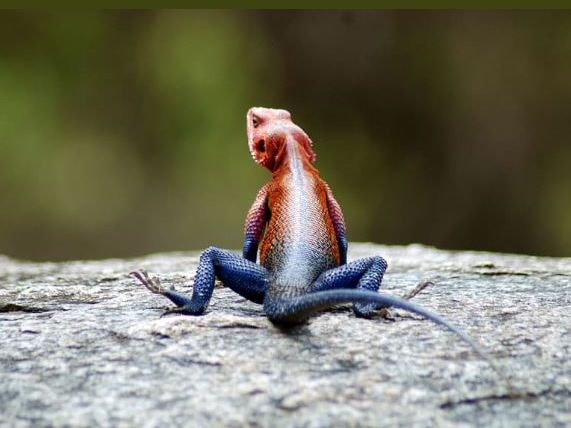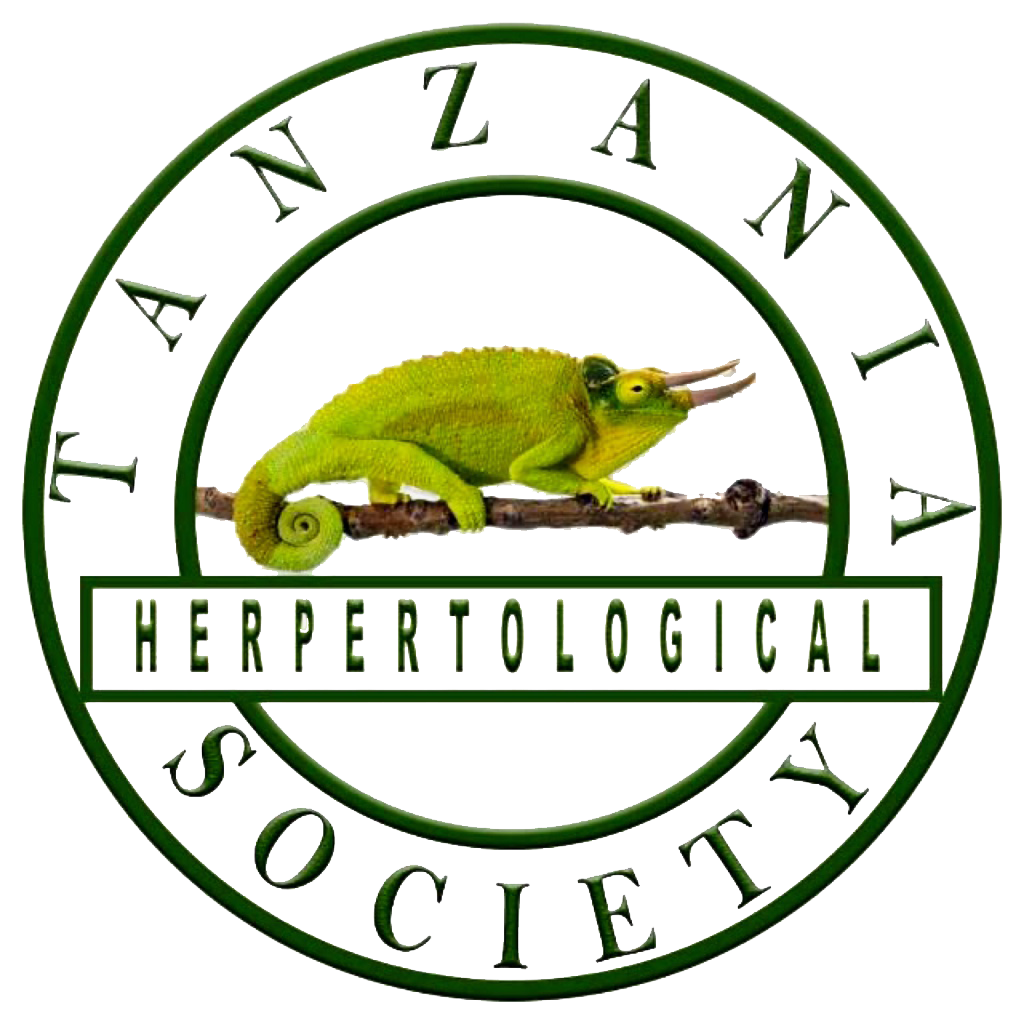Reptiles
Welcome to the Reptiles page of the Tanzania Herpetological Society (THS). Here, we delve into the captivating world of reptiles, a diverse group of animals that includes snakes, lizards, turtles, crocodiles, and more. Our organization is committed to the conservation and education of reptiles in Tanzania. Through our work, we aim to raise awareness, promote their welfare, and foster appreciation for the incredible diversity and importance of reptiles.



